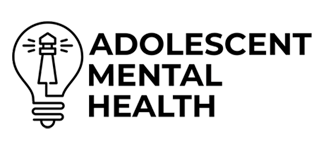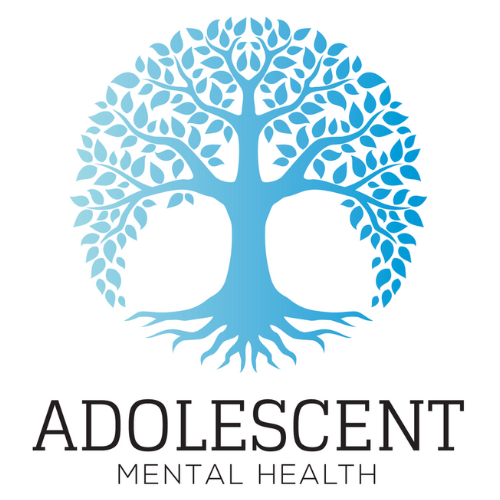Teen Mental Health Awareness
Teen mental health awareness is critical to improving the lives of adolescents. Many youth face mental health challenges that affect their mental well-being, physical health, academic progress, and relationships. Addressing these concerns early can prevent long-term effects and reduce the risk of suicide.
Overview of Teen Mental Health
A mental health condition can develop during childhood or adolescence and impact daily functioning. These conditions include a wide range of mental health disorders that interfere with emotional and social development. The Centers for Disease Control and Prevention and the National Institute of Mental Health report high rates of mental health symptoms among school students, with rising concerns linked to mental illness, emotional disorders, and behavioral health issues.
Common Mental Health Disorders in Teens
Common diagnoses include:
- Anxiety disorder, major depression, and depressive disorder
- Attention deficit hyperactivity disorder (ADHD) and attention deficit disorder
- Conduct disorder and developmental disorders
- Substance use disorder and co-occurring mental illnesses
- Suicidal ideation and the formation of a suicide plan
These mental disorders can cause social withdrawal, negative emotions, and challenging behaviour that disrupt daily life.
Prevalence and Statistics
According to the Institute of Health Metrics and Evaluation, mental health conditions affect nearly 20% of teens each year. The rate of suicide death among adolescents has increased, especially among female students and heterosexual students experiencing interpersonal violence, sexual violence, or emotional difficulties.
Factors Influencing Teen Mental Health

Environmental Stressors
Events such as natural disasters, abuse in childhood, or the COVID-19 public health emergency contribute to mental health issues in teens. Chronic illness, child welfare concerns, and adolescent parents face additional concerns that elevate risk.
Social Environment and Relationships
Peer relationships, gender norms, sexual orientation, and educational difficulties influence emotional health. Negative effects of social withdrawal, bullying, or risk-taking behaviour increase vulnerability to mental health disorders.
Technology and Social Media Impact
Excessive screen time, cyberbullying, and harmful content contribute to mental health struggles and mental health symptoms. These exposures may intensify depressive episodes, anxiety, or difficult emotions, especially for people with depression.
Identifying Mental Health Disorders in Teens
Recognizing Warning Signs
Warning signs of mental illness include mood swings, excessive activity, criminal behaviour, and changes in school performance or extracurricular activities. Teens may also express self-directed violence, thoughts of hopelessness, or sudden behavior changes.
Role of Parents and Educators
School staff, parents, and caregivers should monitor for early signs of distress. Resources for parents and resources for schools such as Mental Health First Aid can guide early response and connect families with a mental health provider or crisis counselor.
Importance of Early Detection and Intervention
Early recognition leads to effective mental health treatment and reduces the long-term effects of untreated disorders. Mental health professionals can evaluate symptoms and recommend either non-pharmacological approaches or further evaluation for mental health care.
Resources and Support Networks for Teens

Mental Health Services
Teens benefit from access to Behavioral Health Services, therapy, support groups, and services for adolescents that address mental health awareness efforts and mental health disparities. Compass Health Center, Teen Health Connection, and Digital Shareables offer useful tools for families.
School-Based Support Programs
Many schools provide counseling, mental health education, and mental health training packages to support early intervention. Programs like Mental Health Resources, the mental health toolkit, and the activity book help educate and support youth.
Crisis Intervention Resources Like the 988 Lifeline
The 988 Suicide and Crisis Lifeline is available for any teen in a mental health crisis. Support is also accessible via online screening tools or by using a preferred relay service to connect with trained professionals.
Role of Schools in Supporting Teen Mental Health
Creating a Supportive Environment
Schools play a vital role in promoting safety and inclusion. Addressing safety concerns, reducing negative impact, and responding to college issues and instances by concerns help students feel protected.
Mental Health Education and Literacy
Educating students about mental disorder, emotions, and health behaviors builds resilience. Mental health literacy reduces stigma and encourages seeking help for mental illnesses.
Role of Healthcare Providers in Teen Mental Health

Integrating Mental Health in Primary Care
Primary care providers can screen for mental health conditions during routine check-ups. Collaboration between physicians and mental health experts improves outcomes for adolescents’ mental and physical well-being.
Collaborative Care Models
The U.S. Department of Health and Human Services promotes models that bring together providers, educators, and families to coordinate care. Multi-level approaches help address diverse needs across various systems.
Strategies for Reducing Mental Health Stigma
Promoting Open Conversations
Encouraging dialogue about mental health, depression, and anxiety in adolescents helps remove shame. Talking openly about mental health challenges improves understanding and access to mental health services.
Encouraging Mental Health Literacy
Teaching facts through platforms like Mental Health Research, American Journal of Public Health, and Johns Hopkins Bloomberg School of Public Health builds knowledge and encourages support.
Frameworks to Address Youth Mental Health Disparities
Strategic Approaches
Addressing disparities in care involves tracking mental health statistics, expanding access to underserved areas, and supporting health of adolescents through prevention interventions.
Integrating Culturally Sensitive Practices
Care should reflect cultural values, gender differences, and community needs. Including diverse voices in planning ensures health connection and fairness in access.
Empowering Teens and Families
Encouraging Self-Care and Resilience
Teaching self-care, healthy coping, and supportive behaviors helps teens manage stress. Building resilience lowers the potential impact of stress and fosters lifelong behaviours for health.
Accessing Timely Help and Resources
Families should act early and use trusted mental health providers for treatment. Awareness campaigns and access to mental health care give teens the support they need to thrive.
Adolescent Mental Health in Orange County provides professional mental health care for teens facing emotional, behavioral, or psychological concerns. Our team offers personalized care, crisis support, and school partnerships to support the well-being of every teen we serve.
If your teen is showing signs of a mental health condition, don’t wait—help is available.










